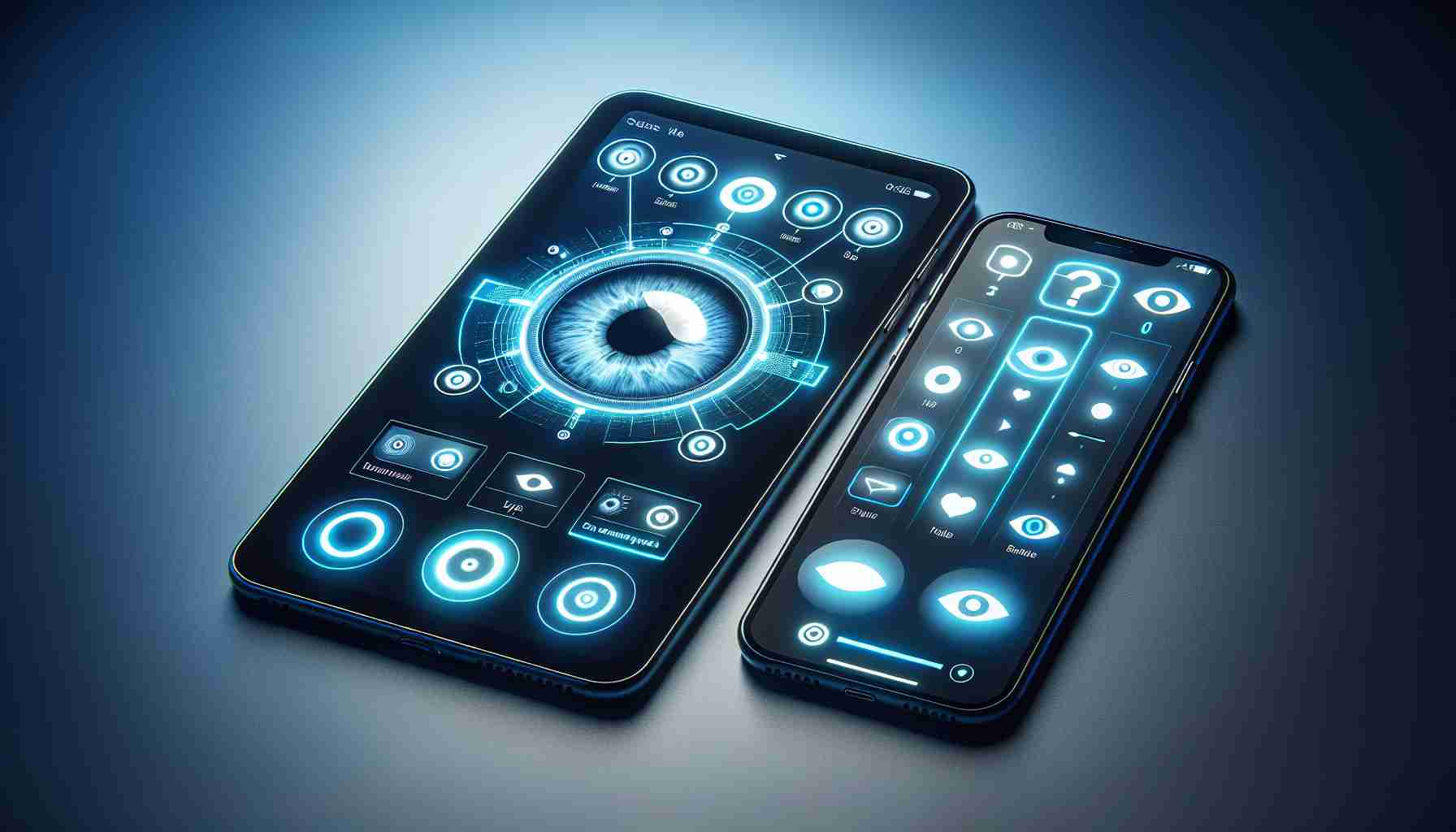Apple has taken a significant step towards accessible technology by enabling eye-control functionalities on their iPhones and iPads. Through the integration of advanced eye-tracking, users can now interact with their devices in a revolutionary way, adding an incredible layer of convenience for all, and particularly enhancing the user experience for individuals with specific motor skills impairments.
The new feature, which was developed based on extensive research into accessible technology, allows users to navigate their device’s interface solely with eye movements, effectively operating their iPhone or iPad without ever having to touch the screen. This breakthrough technology vastly improves device interaction for users who are unable to utilize traditional touch controls due to physical limitations.
Apple’s commitment to inclusivity in technology is further demonstrated by this progressive move, highlighting its dedication to offering products that cater to a diverse range of needs. The eye control technology not only serves those with special needs but also opens up new avenues for how typical users might engage with their devices in the future, possibly paving the way for hands-free control in various contexts.
Through continuous innovation, Apple persists in pushing the boundaries of what’s possible with consumer electronics, making powerful technology more accessible and intuitive to use for everyone.
Key Questions and Answers:
Q: What is the purpose of eye-control features on Apple devices?
A: Eye-control features are designed to enhance accessibility, allowing individuals with motor skills impairments to navigate and interact with their devices using eye movements, hence eliminating the need for touch-based controls.
Key Challenges or Controversies:
One of the challenges associated with implementing eye-tracking technology in consumer devices is ensuring privacy and security. Given that eye-tracking can potentially record sensitive information about a user’s intentions and interests, Apple must address privacy concerns adequately.
Another technical challenge is achieving high accuracy and responsiveness in the eye-tracking system to provide a seamless user experience. Eye-tracking technology typically requires calibration for individual users, which may be a hurdle for some users.
One possible controversy could be the potential digital divide that advanced technologies like eye-tracking may exacerbate. While it enhances accessibility for some, it’s essential that these features do not come at a prohibitive cost, making them inaccessible to those with limited incomes.
Advantages and Disadvantages:
Advantages:
– Provides greater accessibility for individuals with disabilities, allowing for more independence and ease of use.
– May offer convenience for typical users through hands-free control, possibly leading to new use cases and enhanced user experiences.
– Reflects Apple’s commitment to inclusivity and innovation in consumer electronics.
Disadvantages:
– The accuracy and efficiency of eye-tracking technology can vary among individuals, potentially resulting in inconsistent experiences.
– Eye-control features may increase the device’s cost, potentially making it less affordable for some consumers.
– The need for the technology to address privacy concerns, as persistent eye-tracking could be seen as intrusive by some users.
For more information on Apple’s initiatives and technologies, visit their official website at Apple.
The source of the article is from the blog radiohotmusic.it
